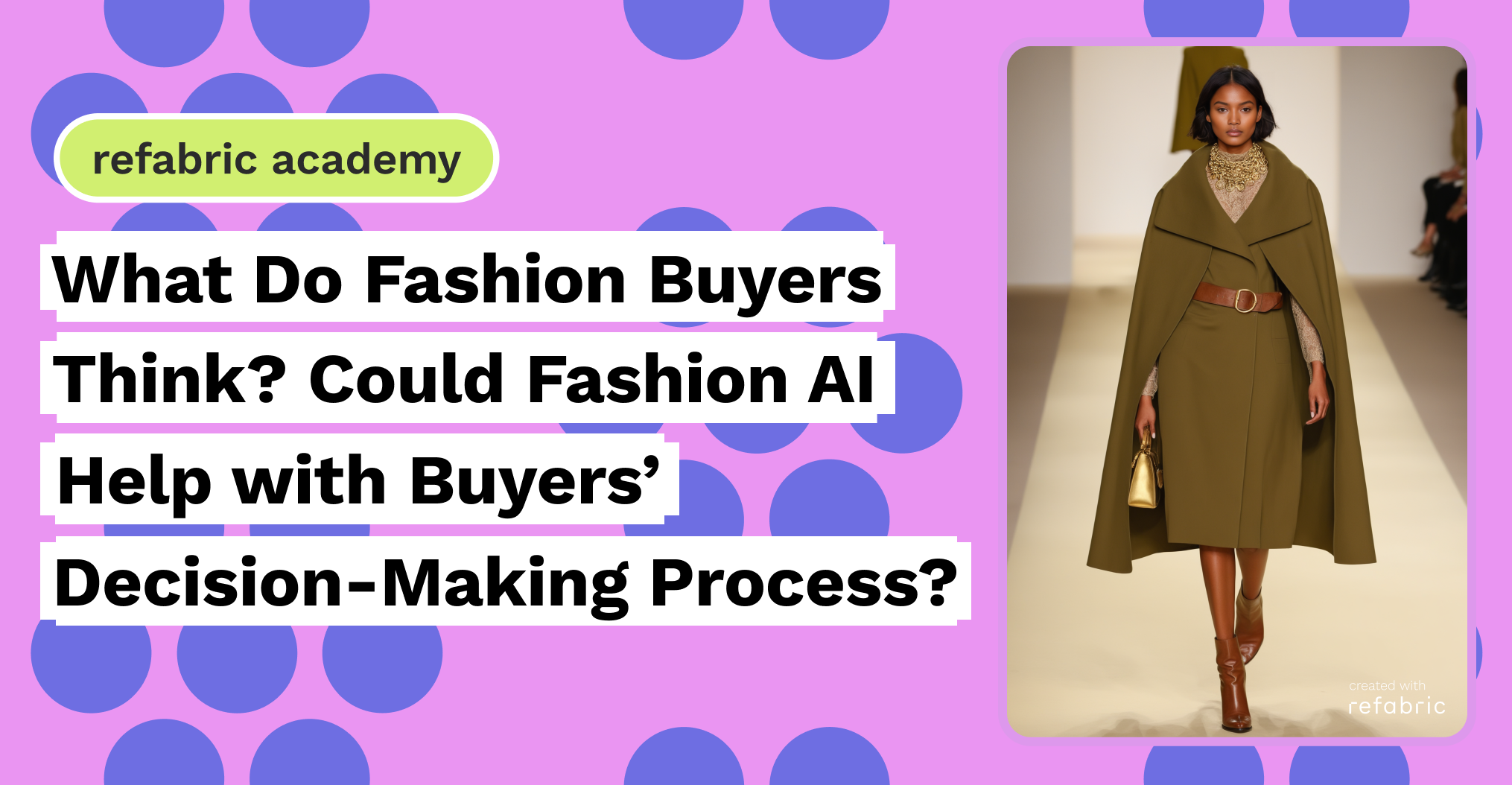From production to consumption processes, we have started to see fashion AI impact on fashion. Fashion AI being an accelerating powerhouse in the design industry, we ask if this affects buyers’ decision-making process. Fashion AI is revolutionizing the fashion industry, offering designers unprecedented creative freedom while also reshaping the decision-making processes for fashion buyers. This technology enables the fashion world to push boundaries in design, production, and retail, blending data-driven insights with artistic vision. As AI becomes an integral part of fashion, it’s crucial to explore its impact on buyer decisions and how it’s changing the landscape of fashion consumption.
The Creative Powerhouse: Fashion AI
It is highly important to think about the impacts of the designer’s touch on different styles of fashion. The story that a garment tells its audience is an important aspect of who will be wearing different styles of clothing. Yet, buyers are the decision-makers. No matter what the design process involves, the final decision will ultimately be made by the buyer group, the mass decision-maker. That data plays an important role in determining trends and forecasting. What function then should data serve?
This week, trend forecasting company WGSN unveiled the Fashion Buying platform, a data-driven center that combines its TrendCurve AI predictive analytics—a product it has been working on for three years—with intelligence and forecasting. The platform intends to support purchasers at the stages of pre-planning, development, and in-season retrospect. WGSN’s AI prediction tool analyzes e-commerce data—identified as the most reliable trend predictor—alongside catwalk insights and a search and social index. According to Francesca Muston, VP of fashion at WGSN, the model forecasts the percentage of an assortment that an item or category should represent, projecting trends up to two years in advance.
These types of new companies are growing and accelerating the fashion AI world, supporting the design process by understanding different requirements and anticipation of fashion seekers. AI, used as a crystal ball, could predict the outcome of different trends. As algorithmic recommendations now have been the main lead of social media feeds, it is crucial to understand and work with new digital technologies. According to Vogue Business, it is important to find a balance.
Keeping the balance with Fashion AI
Sometimes AI technology may not function solely for fashion differentiation. The same products and trends are repeatedly promoted based on a person’s algorithm. Are we in danger of having redundant inventory among stores if customers are presented with the same tendencies to expect? What level of data is excessive, Vogue Business asks.
The balance is sought by buyers. As the technologies grow and trend-setting relies more and more upon datasets and algorithms, it is the designer’s role to understand the line between trends and simply, “fashion”. Fashion AI could be a good collaborator for the designer to keep that balance, with bold moves from the designers, trends could go beyond an algorithmic recommendation, to beauty and new aesthetics.
The use of AI in fashion buying can also streamline the decision-making process. By automating parts of the selection and forecasting processes, AI allows buyers to focus on the more strategic aspects of their roles, such as building relationships with designers and curating collections that align with their brand’s identity. This shift not only improves efficiency but also enhances the overall quality of the products that reach consumers.
The Impact on Consumer Behavior
Fashion AI is not only transforming how buyers select products but also how consumers interact with fashion. The use of AI in predicting trends and personalizing shopping experiences has a direct impact on consumer behavior. With AI-driven insights, brands can offer more personalized recommendations to consumers, making the shopping experience more engaging and tailored to individual preferences.
Fashion AI is revolutionizing the fashion industry by offering unprecedented creative freedom to designers and reshaping the decision-making processes for buyers. As AI becomes more integral to fashion, its impact extends from trend forecasting to enhancing consumer experiences. However, the integration of AI requires a careful balance to avoid redundancy and maintain the unique touch that defines fashion. By blending AI’s predictive power with human creativity, the industry can achieve a harmonious balance that benefits both designers and consumers, ensuring that fashion remains innovative and dynamic.
